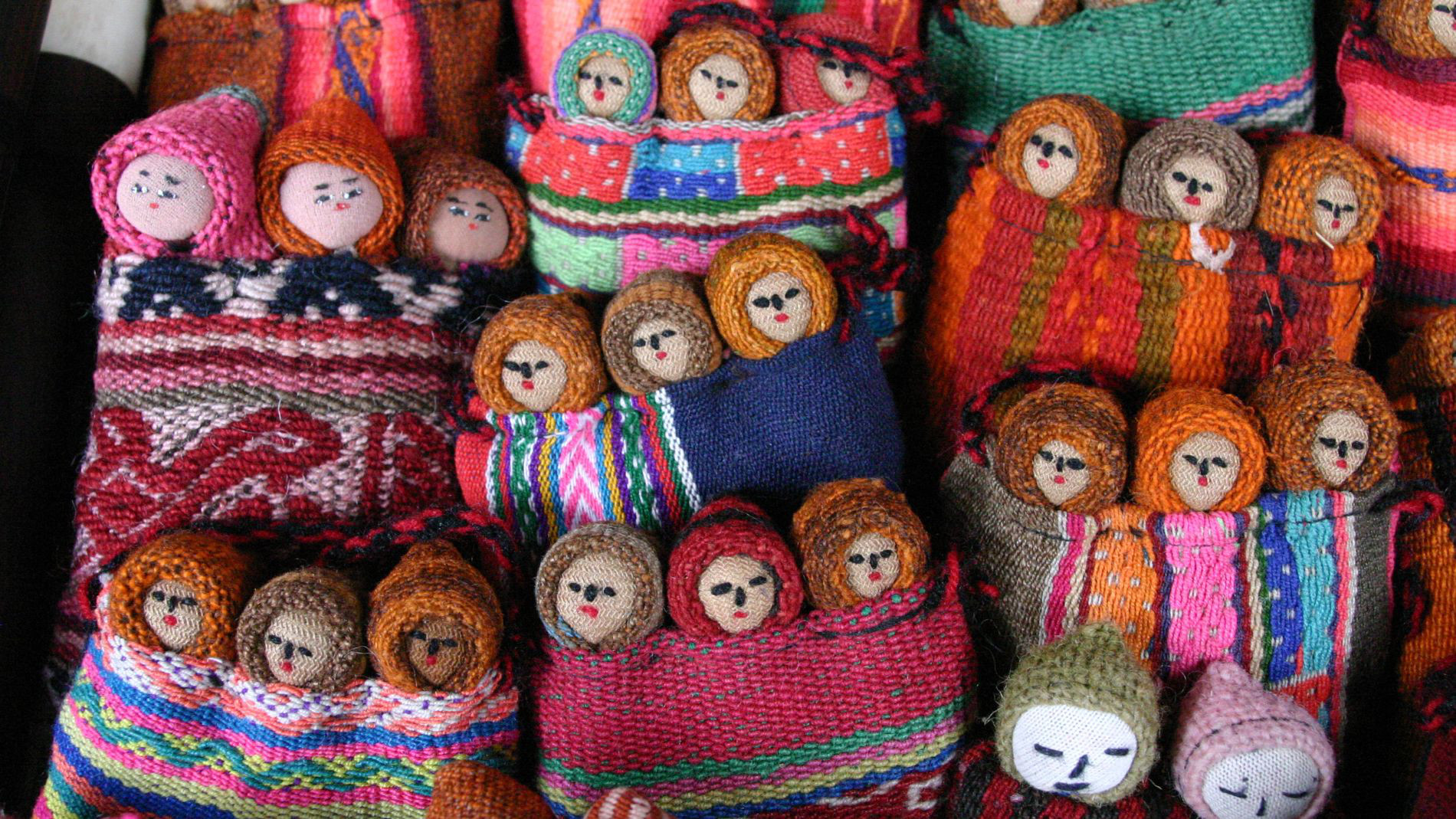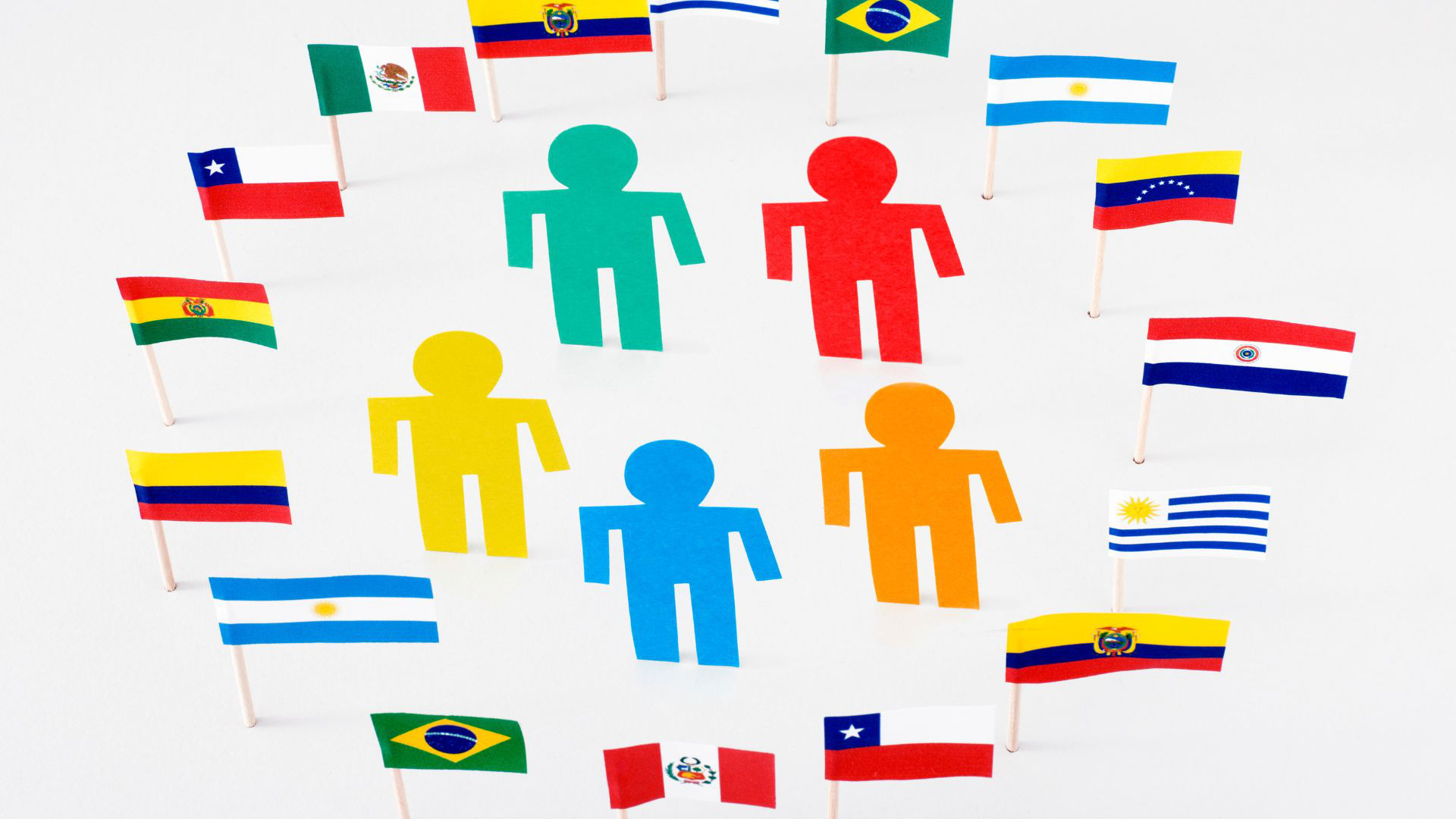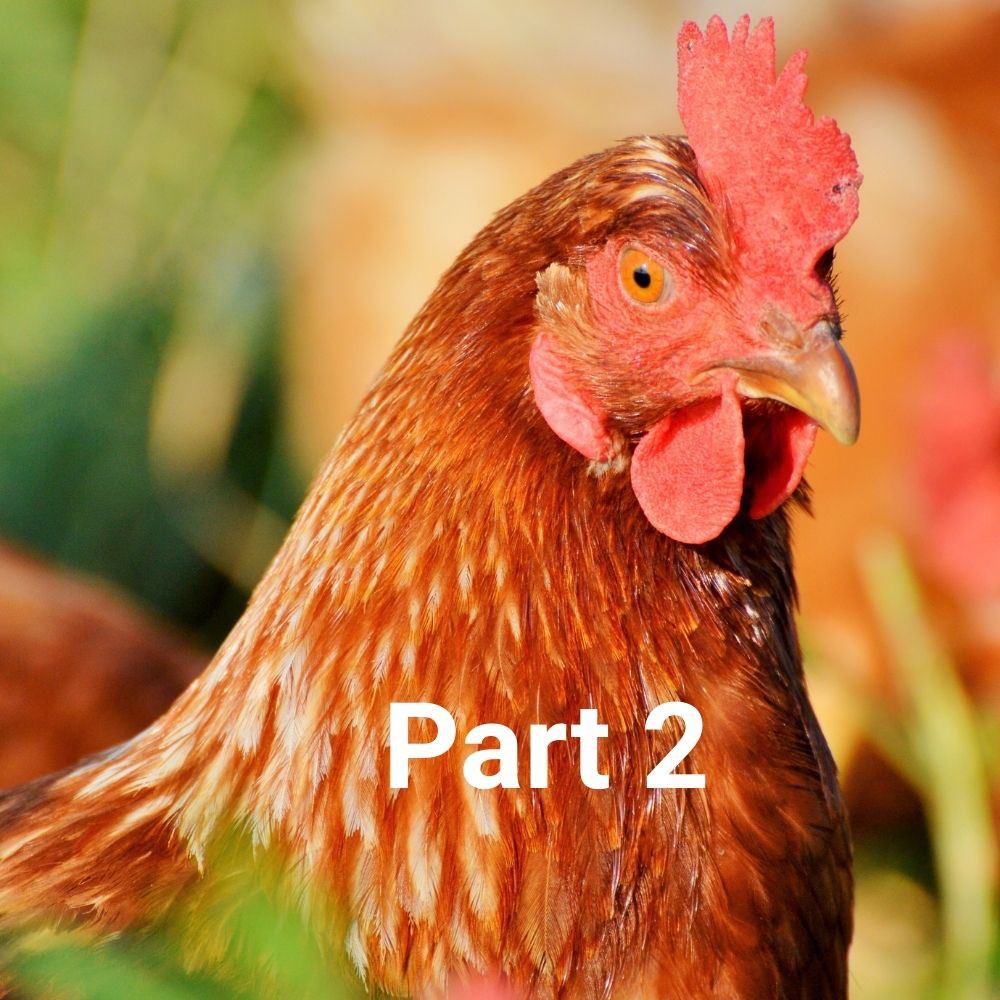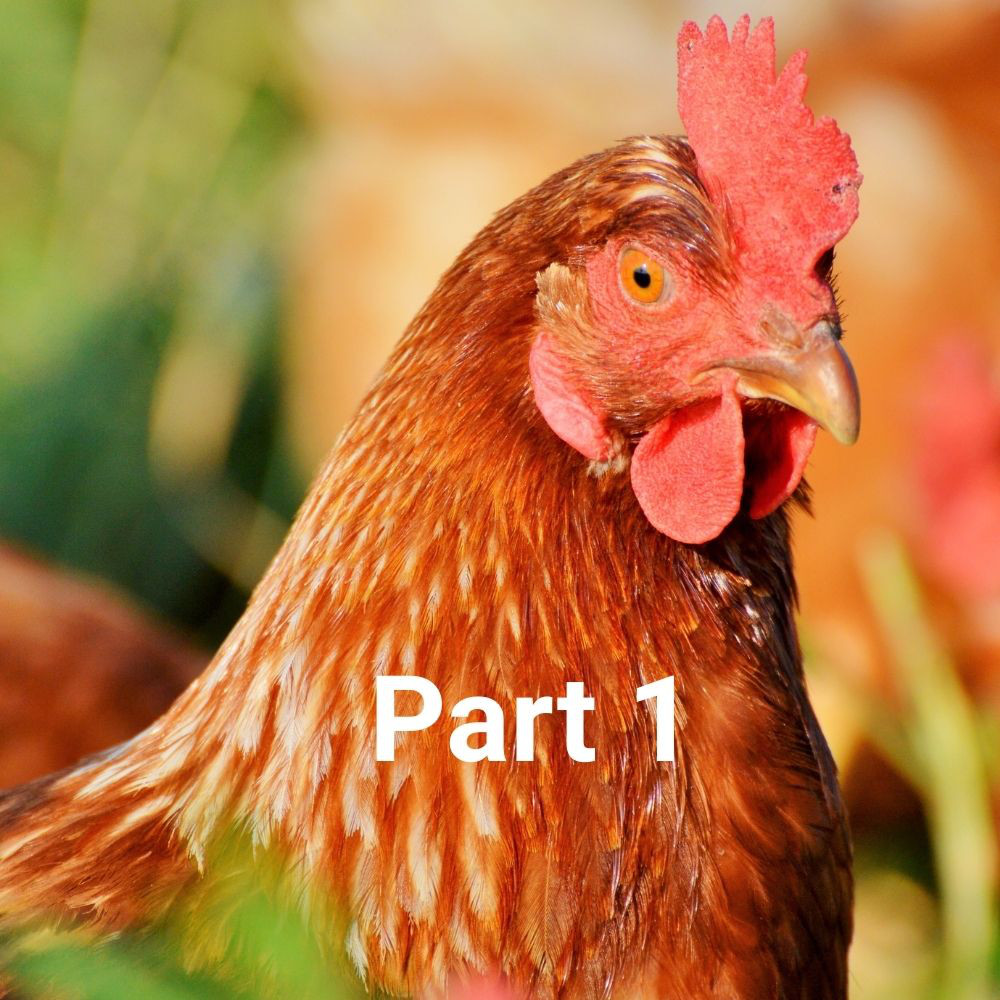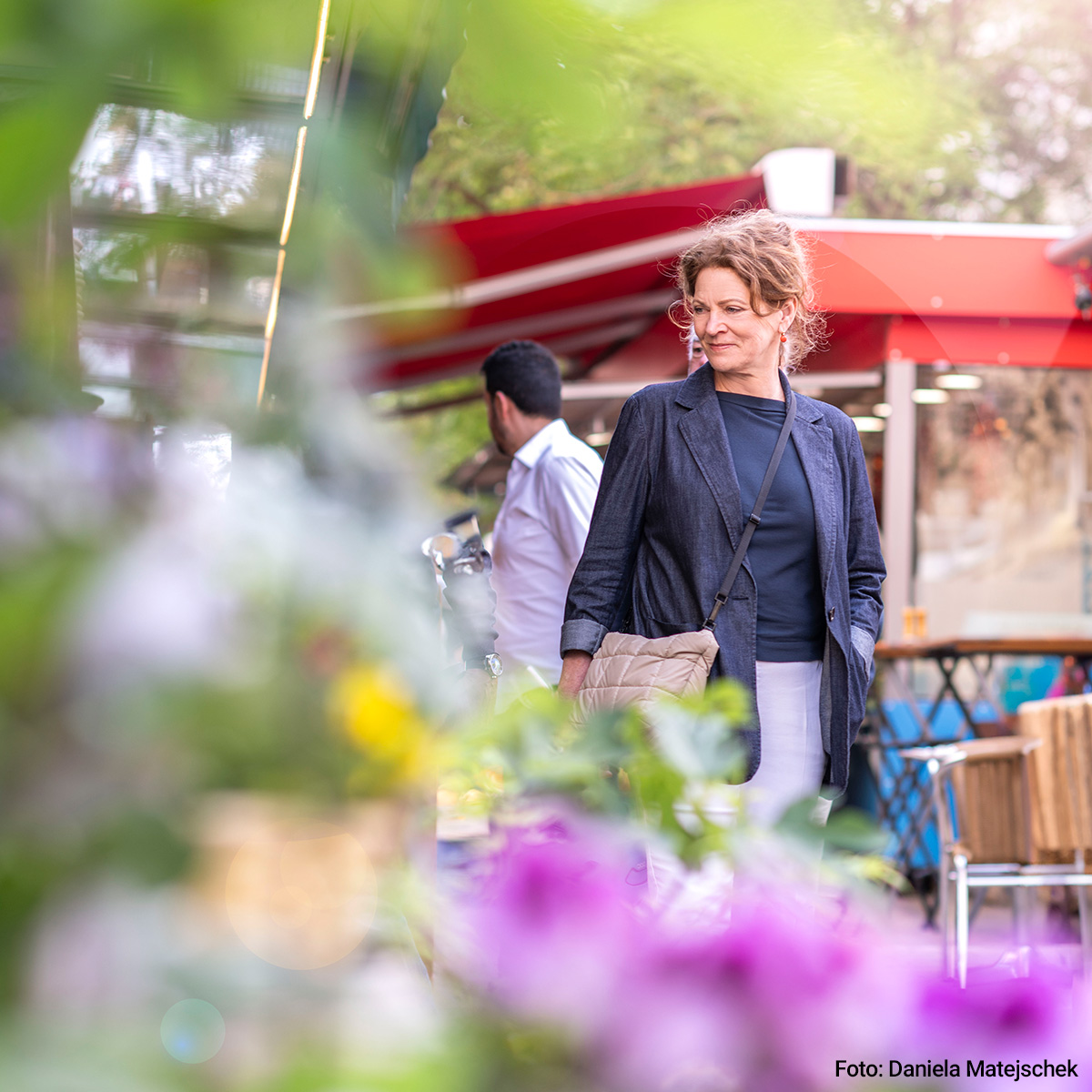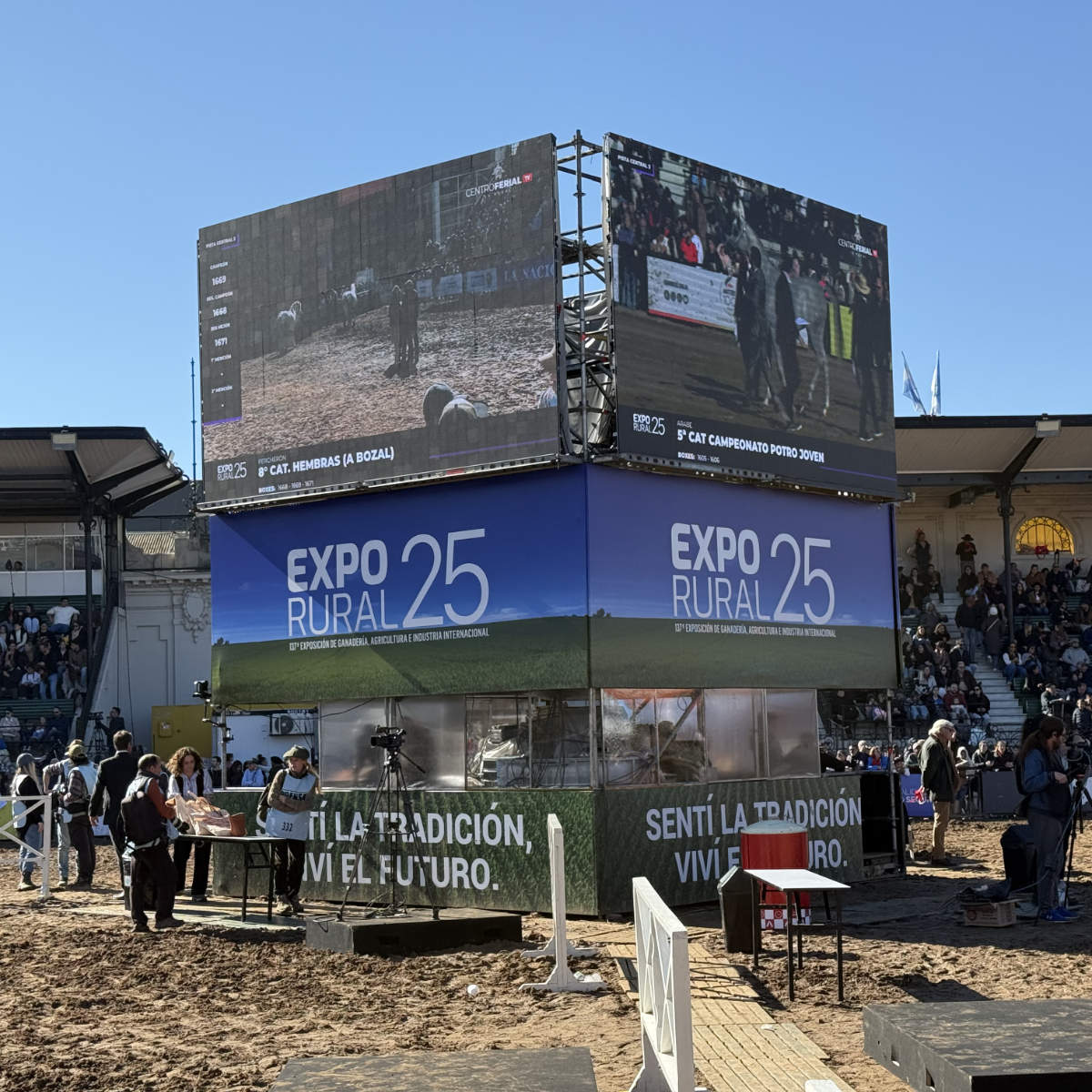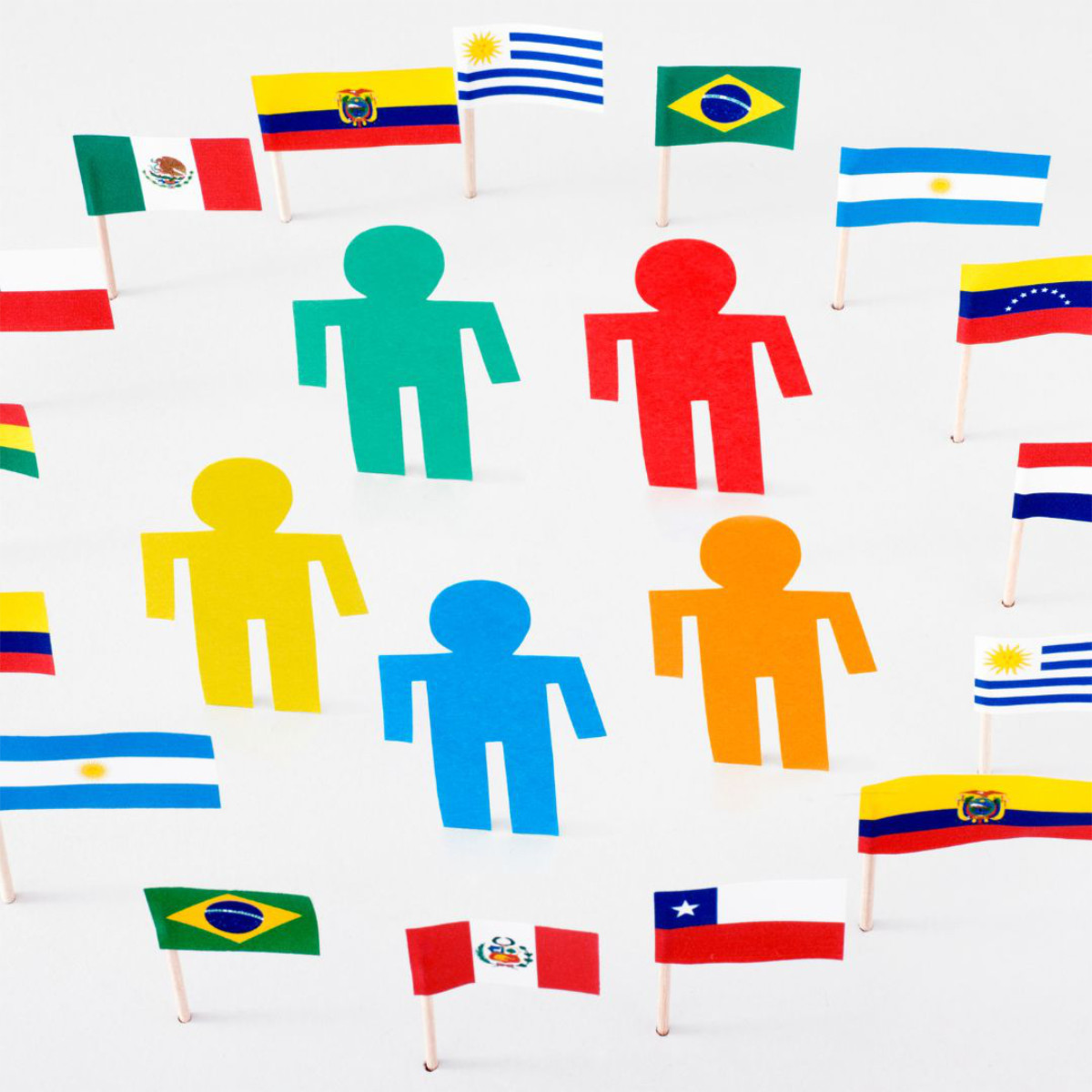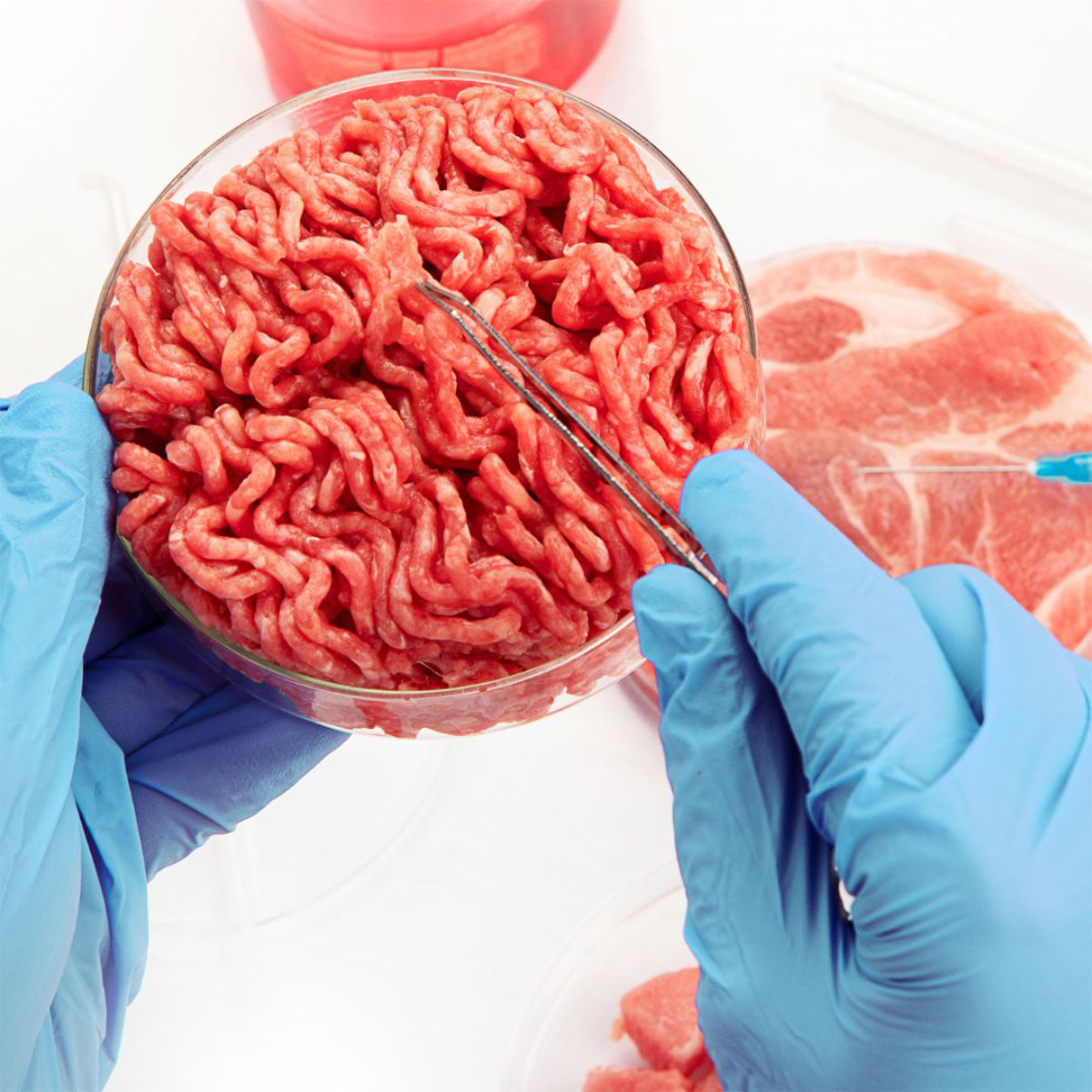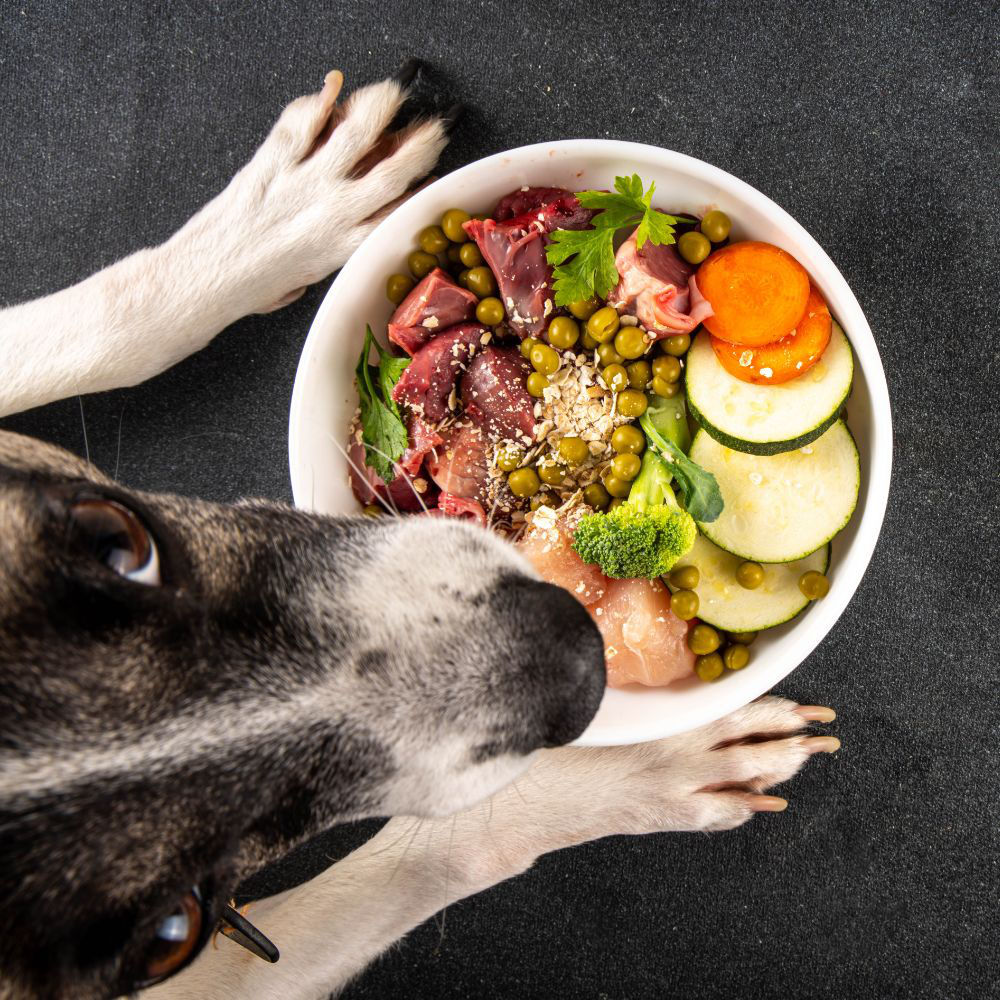Reading time: 4 minutes
When climate becomes a factor of production
Peru has three climate zones: the Andes, the Amazon and the coastal strip. Climate change is increasingly altering food production conditions in all three zones: droughts, floods and heat waves are taking their toll on traditional livestock farming. At the same time, changing spawning cycles are increasing uncertainty in the fishing industry. As a result, companies and small businesses are increasingly looking for more robust alternatives for farming, livestock breeding and fishing.
These alternatives are emerging in the form of lupine crops in Ayacucho, black soldier fly farms in Piura and vertical mycoprotein plants in Lima. Necessity breeds creativity, and climatic pressure breeds innovation: new crops, new technologies, new alliances.
A return to traditional ingredients
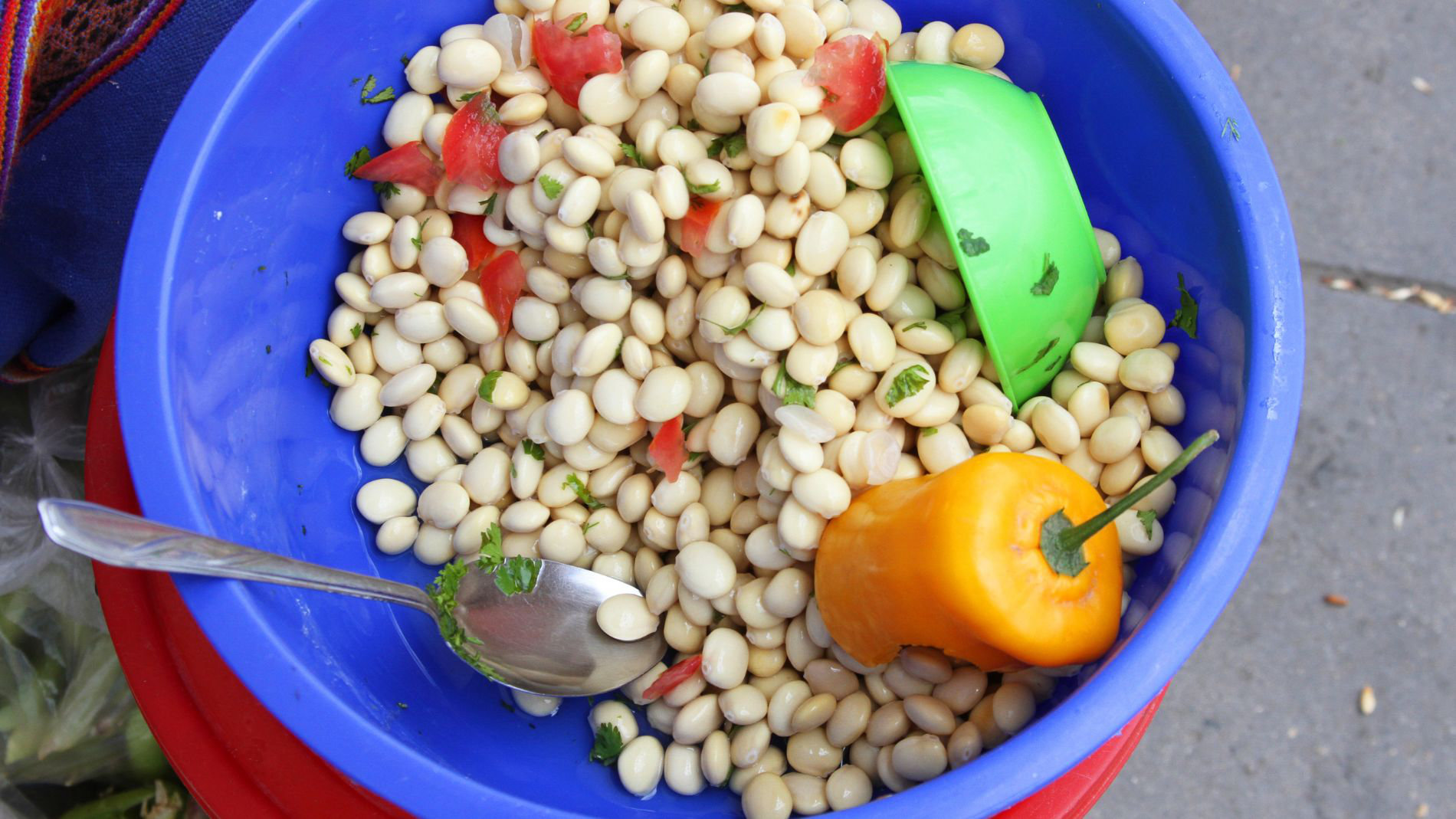
Peru has a diverse ‘ancestral cuisine’. Even before the arrival of chicken and soy, tarwi (Andean lupine), cuy (guinea pig), suri larvae and cushuro algae – all rich in protein, micronutrients and cultural history – were part of the Peruvian diet.
Today, these ingredients are being rediscovered:
- Tarwi Foods transforms lupins into protein powder and snacks and is tapping into Arab markets.
- Muyu Milq offers ‘tarwi quinoa milk’ with extremely low water consumption.
- Micuy EIRL is developing cuy burgers for cancer patients.
- UNCP Inka Fit is scaling up highland sausages made from guinea pig meat for school nutrition programmes.
Today, this renaissance of ancient ingredients is data-driven, investor-driven and technology-supported – and it is rewriting the history of rural nutrition: technologies such as enzymatic bitter substance removal and UHT (ultra-high temperature) stabilisation are helping to prepare traditional ingredients for new markets.
Opposites as a business model
On the one hand, Peru is a global exporter of animal products, especially fishmeal and poultry. On the other hand, a variety of new, alternative protein sources are emerging here. What sounds like a contradiction is turning out to be a model for the future: in regions such as Ica and Arequipa, food clusters are emerging where fish processing and lupine extrusion coexist.
Innovative companies are developing hybrid products, such as those based on chicken meat and plants, which are more CO₂-efficient and exportable. Regulation, certification and international trade standards play a central role here, as does the ability to convincingly present the advantages of these products.
The role of politics

In addition to government initiatives that support change, such as the innovation programme Innóvate Perú and bioeconomic funding lines from the Ministry of the Environment, the first school projects are focusing on hybrid proteins. However, rules are lacking in key areas: there are no legally established standards for novel foods such as insect or cell proteins. Approval often depends on individual initiatives, which slows down development.
At the same time, trading partners are increasingly demanding transparency, such as CO₂ labelling, traceability and proof of deforestation. Peru is on the cusp of an opportunity to turn regulatory requirements into a mark of quality.
Scenarios for 2030 – looking ahead
The most likely development is a coexistence of protein worlds. Animal exports will remain central, but domestic consumption will become more diverse thanks to plants, microalgae and insects. At the same time, protein diversity will become more commonplace. Star chefs are already experimenting with 3D-printed fish, and school canteens are serving protein-rich cuy-tarwi mixtures.
The decisive skill will be not to play technology and tradition off against each other, but to think about them together – economically, ecologically and culturally.
Insights protein market Peru
When the land withers away: climate change and protein supply
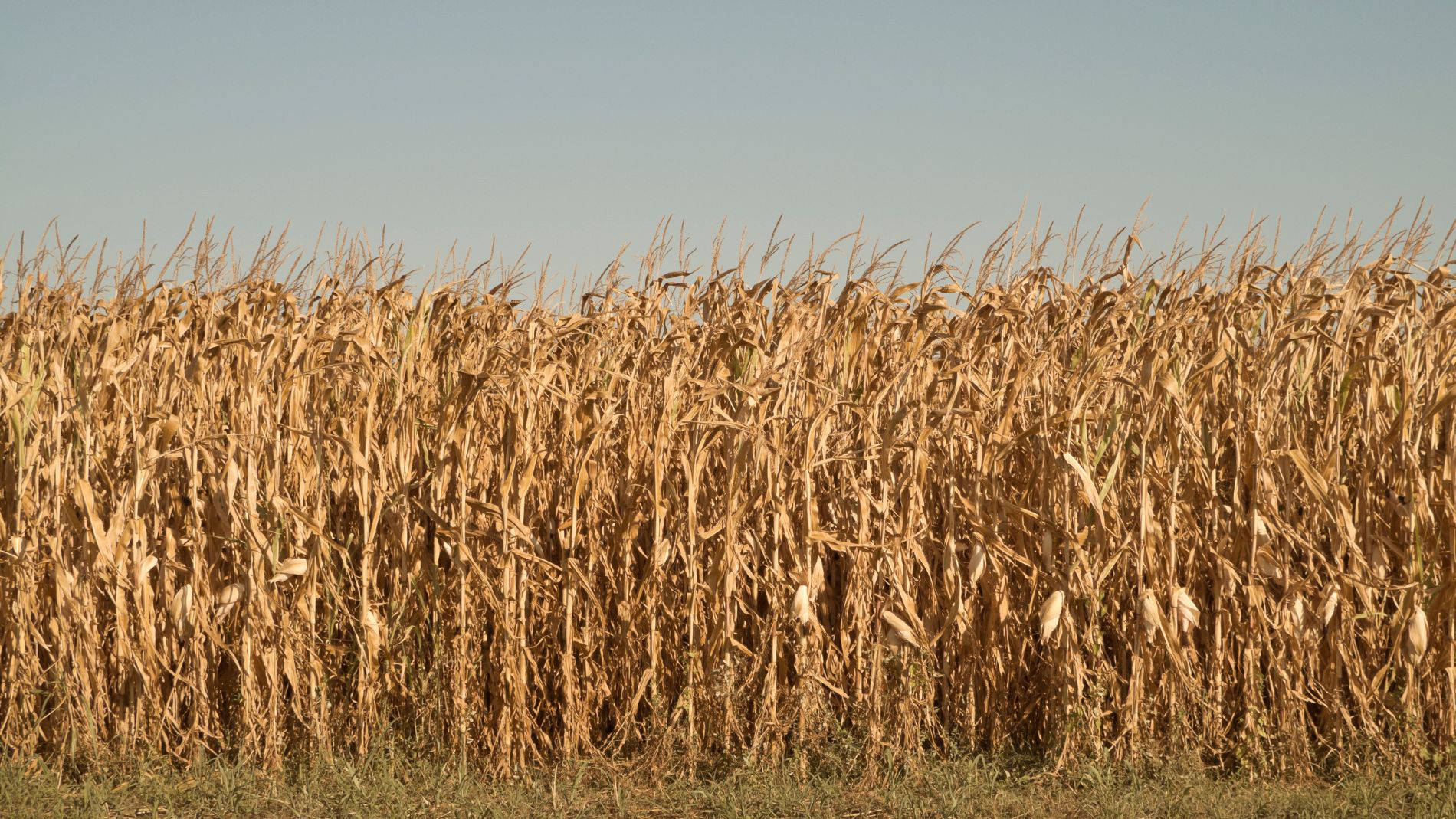
In Cajamarca, dairy farmers report yield losses due to burnt pastures. In Ica, there are disputes over water rights. In the Amazon, fishing systems are collapsing due to overheated rivers. But new solutions are emerging from this crisis: Suri breeding in agroforests, solar-powered trout ponds in Puno, vertical mycoprotein plants in Lima.
A new agricultural model is taking shape – modular, local, climate-resilient. There is still a lack of widespread support, but initial signs in the form of innovation funds and school nutrition projects indicate that politicians are also responding to the changes.
From the highlands to the coast: innovations
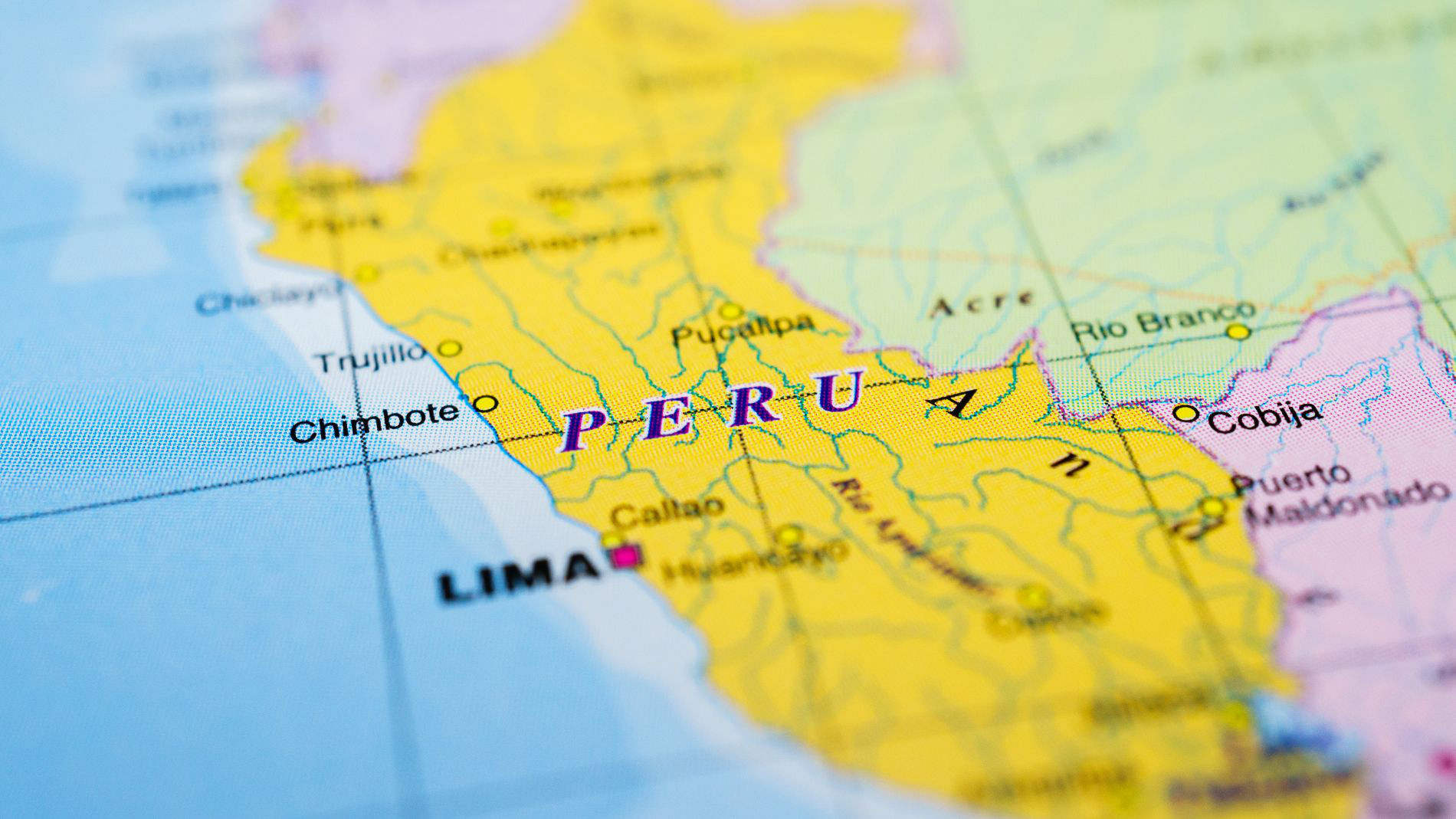
Depending on the region, local innovations are emerging:
Piura & Moquegua: insect farms for black soldier flies (BSF)
In Lima, a feasibility study was conducted for a large-scale BSF facility to reduce methane emissions from organic waste and produce valuable protein by-products.
Loreto & Ucayali: Agroforestry systems with protein-rich palm insects (suri) and reforestation
Viridis Terra is working to restore degraded land in the Ucayali and Loreto regions by introducing biodiverse agroforestry systems that support local farmers and promote biodiversity.
Lima: Vertical mushroom and mycoprotein farms, urban co-creation centres
In the Surco district of Lima, a vertical biogarden with 11,000 planters made from recycled plastic bottles has been set up to serve as a model for urban agriculture.
Puno: Solar-powered aquaculture for highland trout
In the Puno region, MIDAGRI has installed solar panels to reduce water stress and support agricultural production.
These examples show that Peru's response to global challenges lies in a decentralised innovation model.
Traditional foods reimagined: tarwi, cuy and cushuro go mainstream
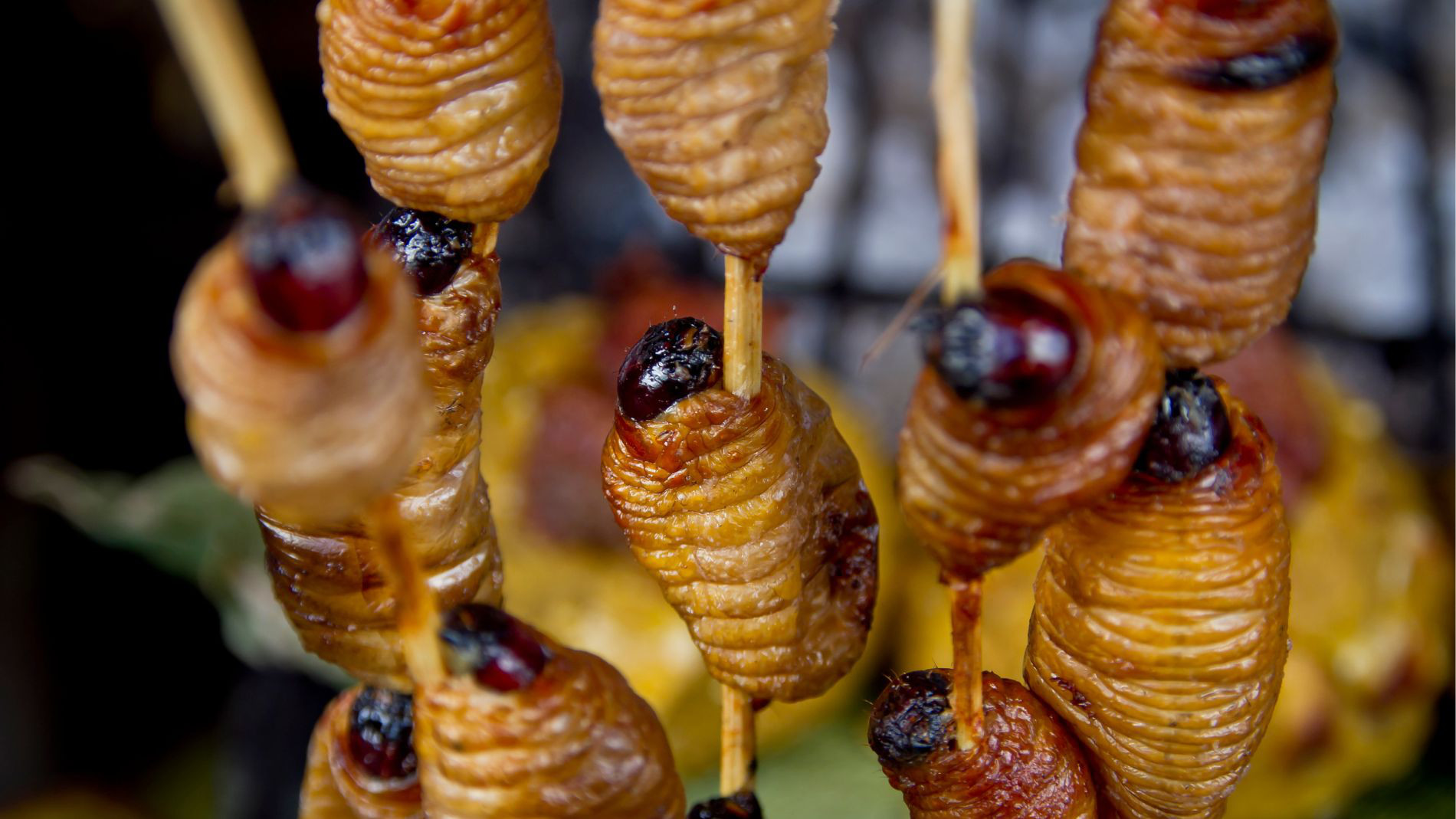
A moment at the Mistura food fair: while tourists photograph suri larvae on skewers, young Limeños queue up for vegan tarwi lattes.
This scene symbolises the new dynamic: what was once local and handmade is now becoming a scalable solution thanks to start-ups, investment and technology. Muyu Milq, for example, offers tarwi quinoa drinks that use 30 times less water than almond milk. Micuy is developing guinea pig burgers for cancer patients with special protein requirements.
Meat country in transition: export hit meets nutritional shift
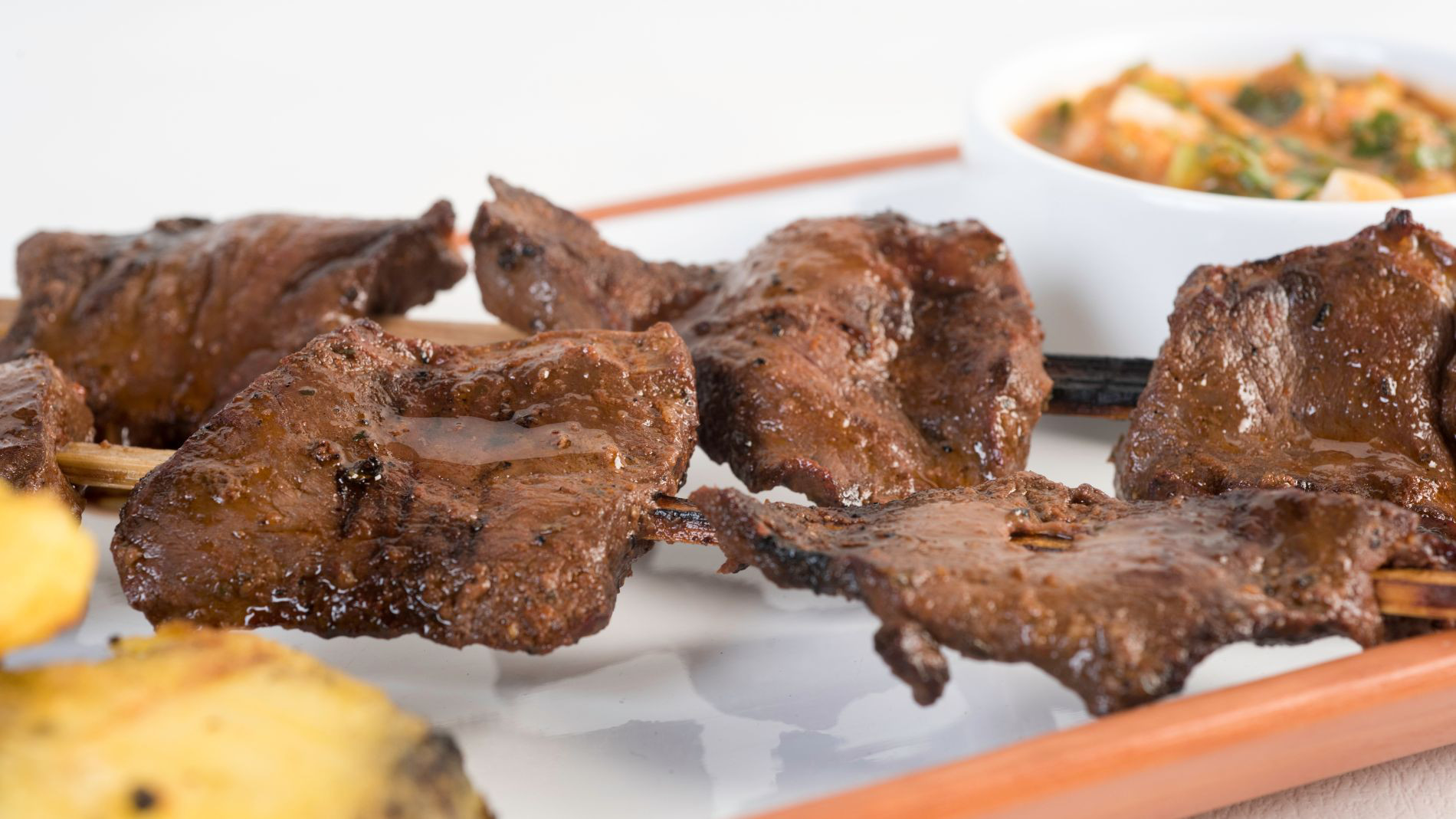
In a country that earns over USD 1 billion annually from fishmeal, the success of plant-based brands such as Peruvian Veef and Tarwi Foods comes as a surprise. These companies rely on extrusion technology and local ingredients to develop products such as vegan anticuchos and protein-rich lupine snacks.
While export associations remain sceptical, the first production alliances are emerging: traditional meat companies are licensing technologies for alternative production lines. The next step will be to print labels for CO₂-reduced hybrid products, which are in high demand in Europe and the US in particular.
Peruvian superfood

Quinoa, known as the golden grain of the Andes, is an excellent plant source of complete protein that helps prevent cardiovascular and degenerative diseases.
Camu camu is an Amazonian fruit with an extremely high vitamin C content, which strengthens the immune system, promotes collagen production and has antioxidant and anti-cancer properties.
Trout from the Andes is rich in protein and omega-3 fatty acids, which help maintain heart health, lower cholesterol levels and strengthen muscles.
Aguaymanto, also known as golden berry, is characterised by its provitamin A and vitamin C content, acts as a natural antioxidant and combats allergies and ageing processes.
Blueberries are considered a miracle for health and are rich in antioxidants that benefit the skin and cardiovascular system and prevent urinary tract infections.
Avocados, also known as ‘green gold’, provide healthy fats, magnesium and fibre, making them ideal for the health of the nervous, muscular and cardiovascular systems.
Native potatoes: grown in the Andes since ancient times, native potatoes offer a variety of nutrients and antioxidants that strengthen eye health and promote a sustainable diet.
Grapes not only taste sweet, but also contain resveratrol and polyphenols, which stimulate memory and improve brain function.
Market observation in Lima: ceviche, cuy and cushuro – side by side
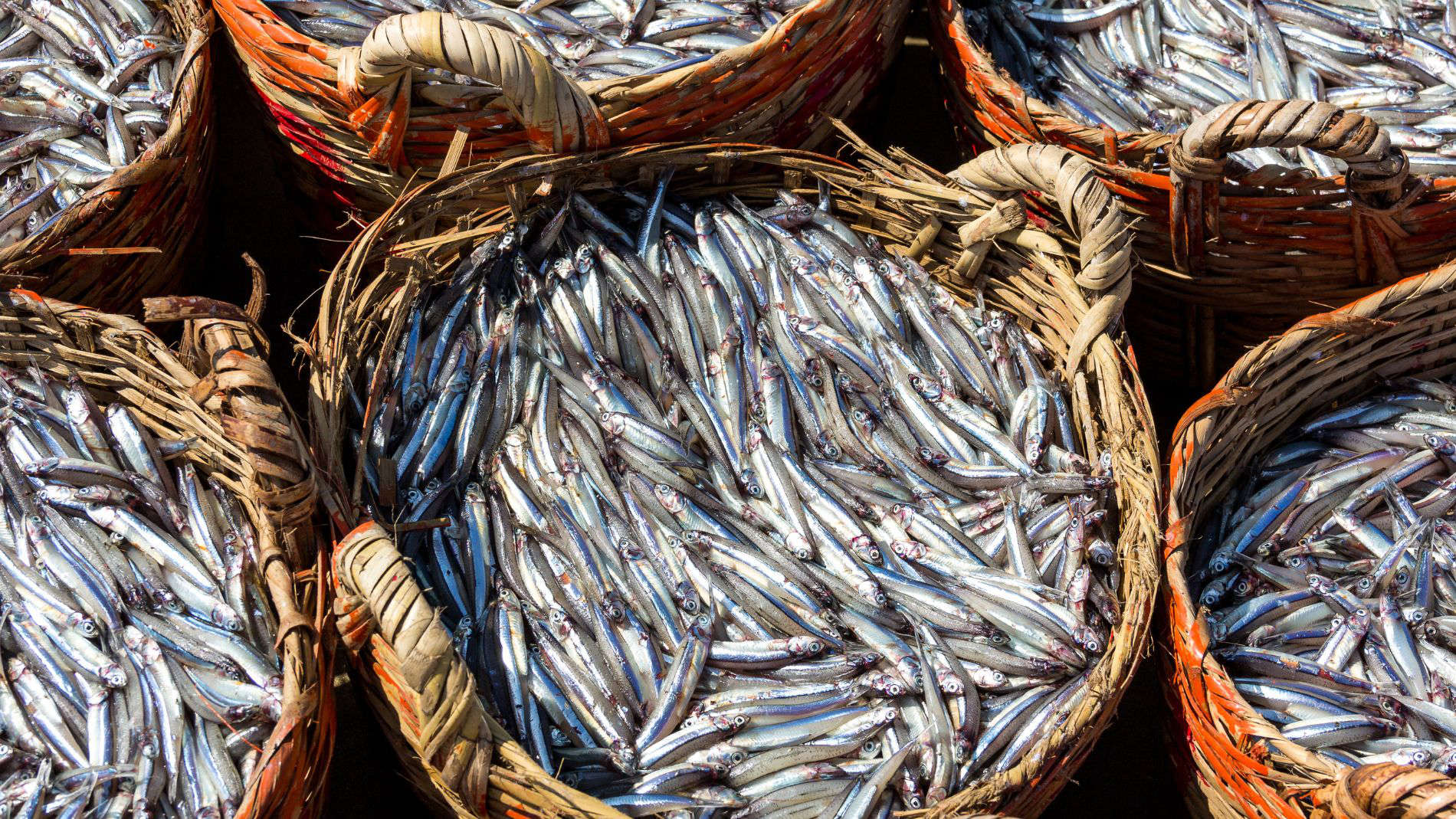
10 a.m. in Surquillo: fresh anchoveta fish is being sold for lunch. Two blocks away in Barranco, a vegan food truck selling ‘0% meat’ anticuchos is sold out before lunchtime. This scenario illustrates what characterises Peru's protein landscape: a coexistence of different types of protein.
Peru remains a leader in meat and fish processing. But at the same time, new worlds of taste and markets are emerging. Regional ingredients are being reinterpreted, creating a diversified protein future.
The blind spot: between free trade and regulatory gaps

Peru benefits from trade agreements with the US, the EU and China.
These agreements open up markets, but also require standards: CO₂ footprints, animal welfare, traceability. This is precisely where the gap lies: while fish and meat are regulated, there is a lack of reliable legislation for alternative proteins.
Start-ups are operating in a grey area while investors wait for clear guidelines. At the same time, tax breaks or labelling requirements could provide the next growth spurt if Peru follows suit with regulations.
Sources:
FAO: Climate Change and Agriculture in Peru
WWF: Climate Change Impacts in the Amazon fao.org
USDA Foreign Agricultural Service: Oilseeds and Products Annual - Peru
Peru: Second Anchoveta Fishing Season Generated US$1.4 Billion in Exports
WWF: Peruvian Regional Governments Promote Sustainable and Resilient Amazon Fisheries
FAO: Analysis and Mapping of Impacts under Climate Change for Agriculture and Food Security (AMICAF) in Peru
Día Mundial de la Alimentación: ¿Por qué es recomendable consumir estos superfoods peruanos?
Foodtech Now! Series in Markets & Trends
Global Protein Perspectives

What does the protein landscape look like in other parts of the world? Where are which types of meat and alternative proteins popular? Our new series Global Protein Perspectives takes you on a journey and highlights global trends in the protein markets.
If you would like to share your protein insights or have any suggestions, we would love to hear from you.
